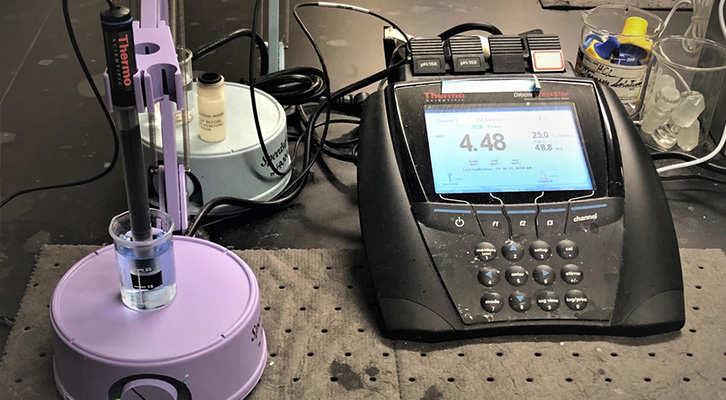Ammonia in Wastewater
Nitrogen, as ammonia, is a critical nutrient in biological wastewater treatment. It is utilized by bacteria to make proteins, including enzymes needed to break down food or BOD as well as in making energy.
In activated sludge, the two primary symptoms of nutrient deficiency are excessive filaments and excessive polysaccharides or slime. Nutrient deficiency may also cause the production of viscous foam, and impact the jelly-like consistency of the activated sludge which will interfere with the sludge compaction (this is referred to as slime bulking). Excessive filaments and excessive polysaccharides are lesser problems in aerated stabilization basins but are still indicators of nutrient deficiencies. In both aerated stabilization basins and activated sludge wastewater systems, insufficient nutrient availability will lead to poor biochemical oxygen demand (BOD) removal due to the inability of the bacteria to divide and create more workers. This will result in linear biochemical oxygen demand (BOD) removal, rather than exponential or logarithmic removal as expected under optimum conditions.
